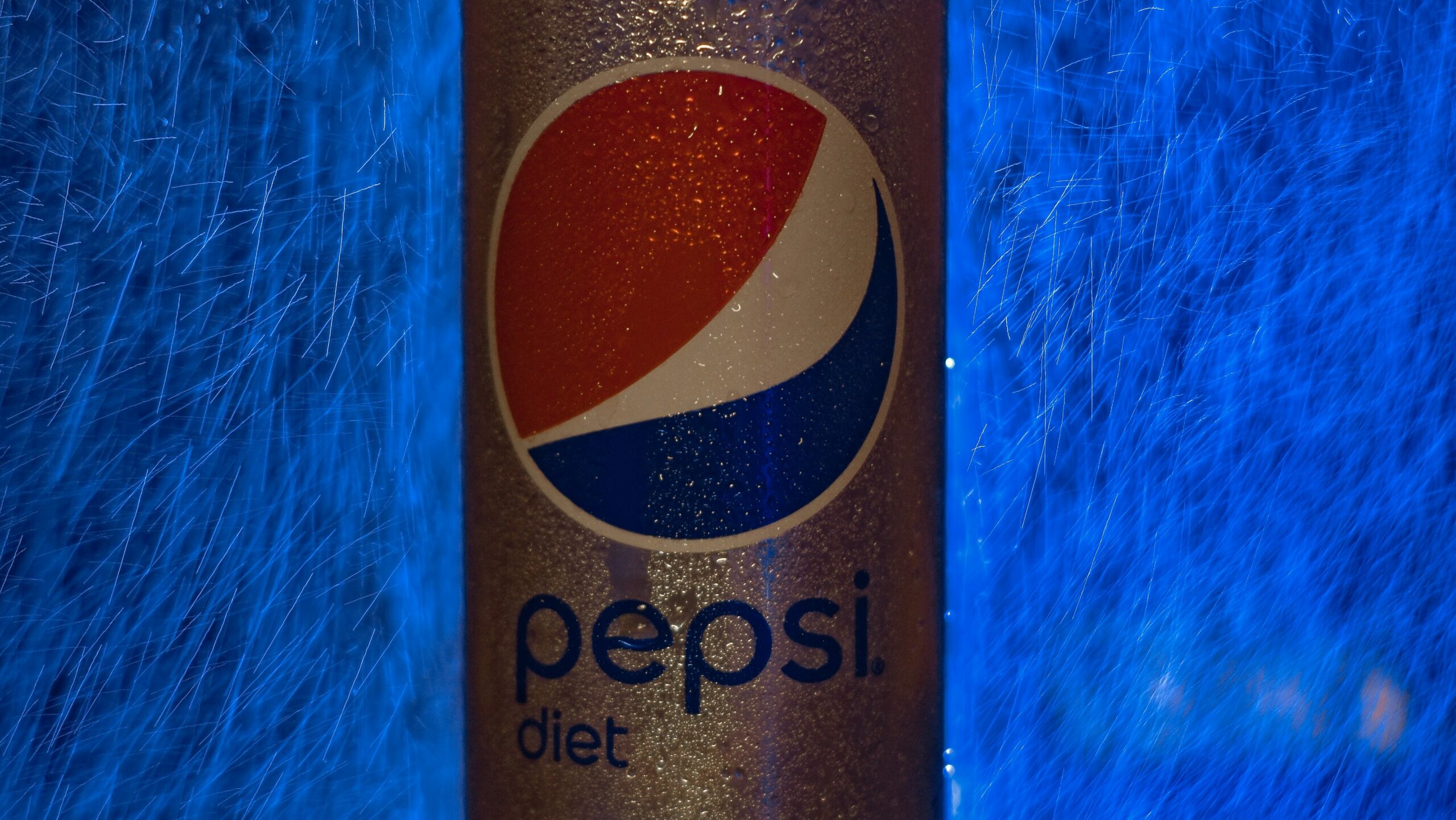PepsiCo, Inc., a global food and beverage company, does not “own” water in the traditional sense. However, PepsiCo, like many other beverage companies, sells bottled water under various brands and holds licenses for the extraction and bottling of water from natural sources. In this article, we will explore PepsiCo’s involvement in the bottled water industry, including its brands and practices related to water sourcing and sustainability.

PepsiCo’s Bottled Water Brands: PepsiCo owns and operates several bottled water brands that are available in various markets around the world. Some of the prominent brands under PepsiCo’s portfolio include:
- Aquafina: Aquafina is a popular bottled water brand owned by PepsiCo, which was launched in 1994. It is one of the leading bottled water brands in the United States and is sold globally in several countries. Aquafina uses a process called reverse osmosis to purify tap water and remove impurities before bottling.
- LIFEWTR: LIFEWTR is a premium bottled water brand owned by PepsiCo that was launched in 2017. LIFEWTR focuses on providing water in artistic and visually appealing bottles, featuring artwork from emerging artists on its label. LIFEWTR is marketed as a premium water brand targeting health-conscious consumers.
- Propel: Propel is a brand of flavored fitness water owned by PepsiCo, which was launched in 2000. Propel offers a range of flavored water options with added vitamins and electrolytes, targeted towards active individuals.
Water Sourcing and Sustainability Practices: As a global food and beverage company, PepsiCo acknowledges the importance of responsible water sourcing and sustainability. PepsiCo has established water sustainability goals and initiatives to minimize its impact on water resources and promote sustainable water management practices. Some of the key practices and initiatives related to water sourcing and sustainability by PepsiCo include:
- Watershed protection: PepsiCo works to protect the watersheds in areas where it operates by engaging in community partnerships, conservation efforts, and promoting responsible water use. This includes efforts to reduce water use in its manufacturing processes, minimize water waste, and protect water quality.
- Water use efficiency: PepsiCo aims to improve water use efficiency in its operations by implementing water-saving technologies, processes, and best practices. This includes initiatives to optimize water use in its manufacturing processes, such as using more water-efficient equipment and technologies.
- Replenishment efforts: PepsiCo is committed to replenishing the water it uses in its operations. Through partnerships with various organizations and initiatives, PepsiCo aims to replenish 100% of the water used in its manufacturing operations in high water-risk areas by 2025.
- Water stewardship: PepsiCo engages in water stewardship efforts, including community engagement, education, and partnerships with local stakeholders, to promote responsible water management practices in the areas where it operates.
- Recycling and waste reduction: PepsiCo promotes recycling and waste reduction practices to minimize the environmental impact of its bottled water products. This includes using lightweight bottles, promoting recycling programs, and investing in initiatives to improve recycling infrastructure.
It’s important to note that water is a shared natural resource, and companies like PepsiCo do not “own” water in the traditional sense. Water is a public resource that is regulated by local, regional, and national authorities, and PepsiCo, like other companies, must obtain permits and adhere to regulations for water extraction and bottling operations.